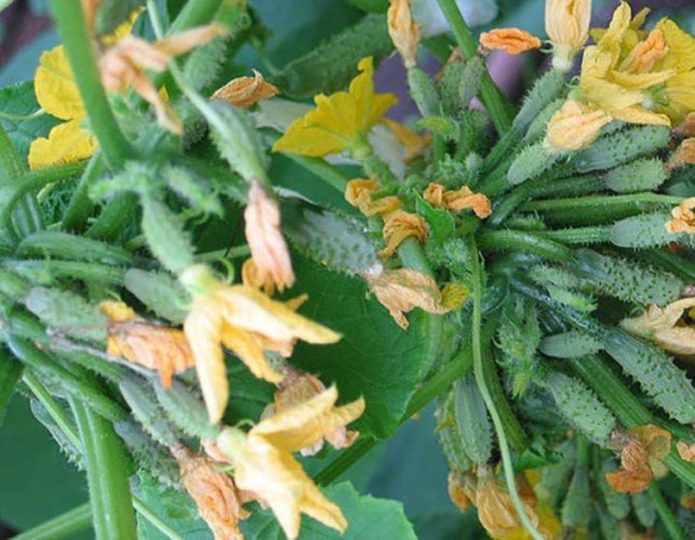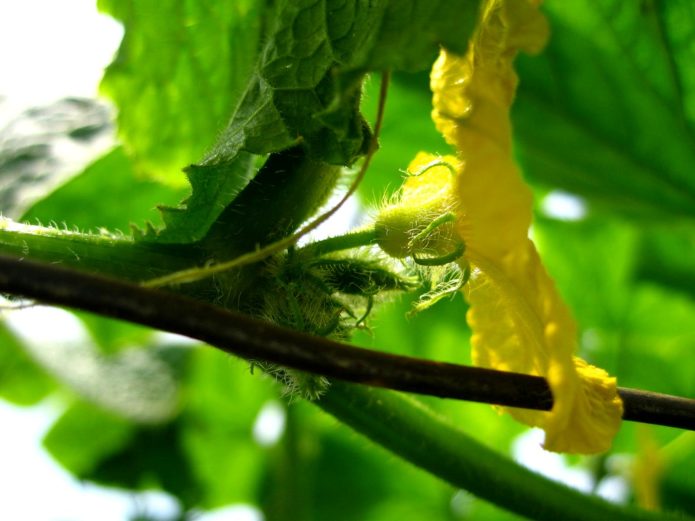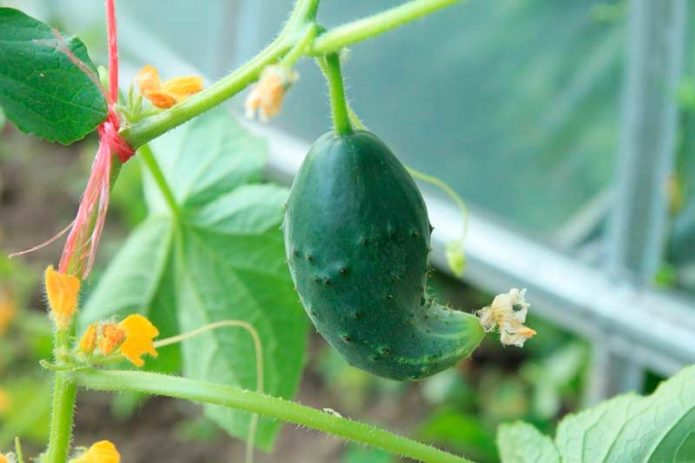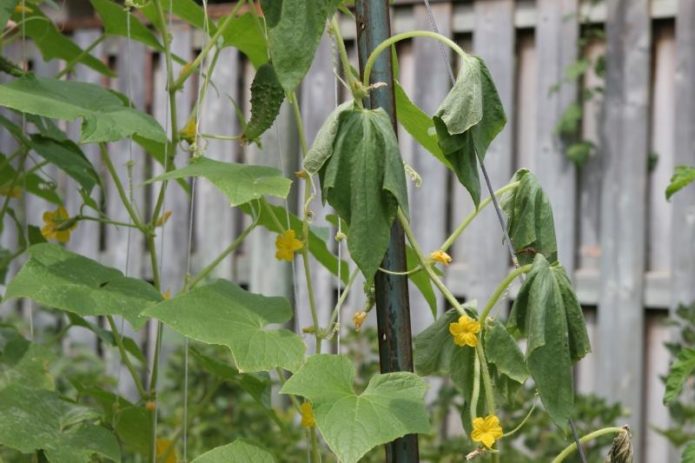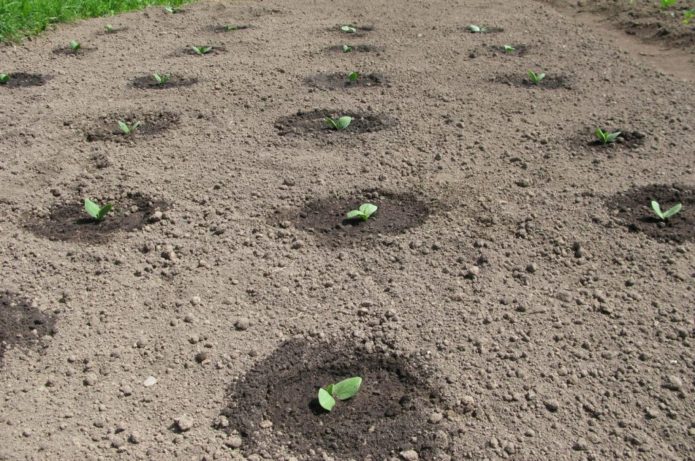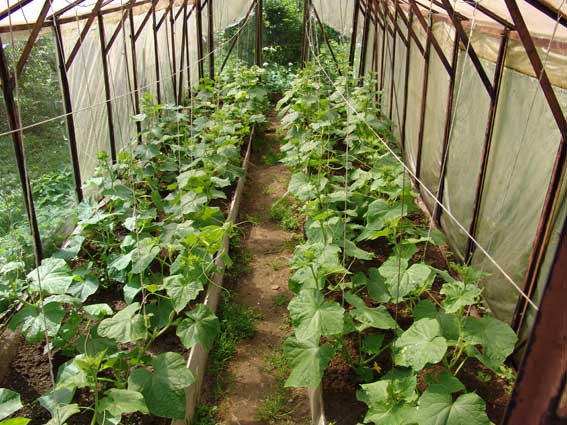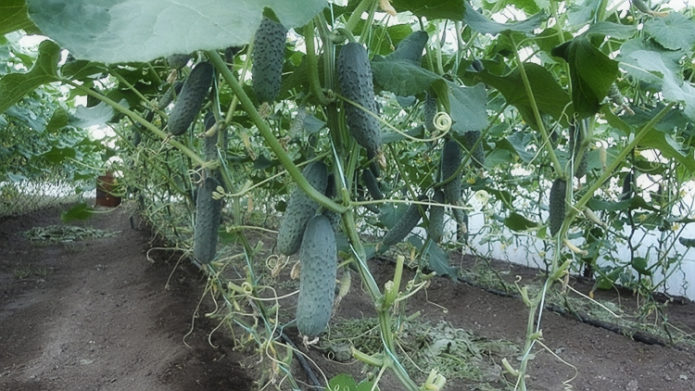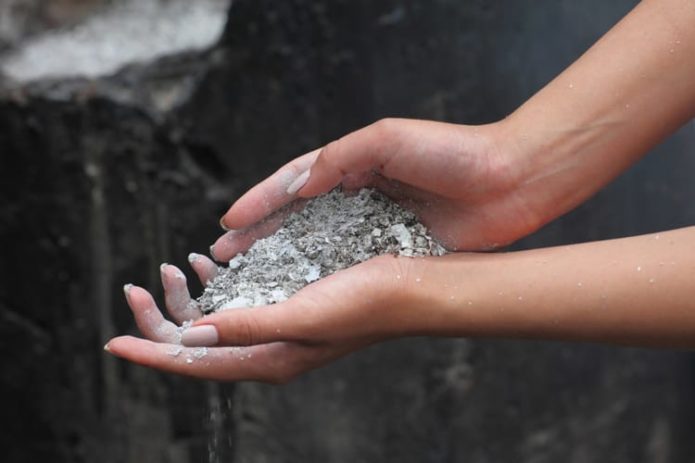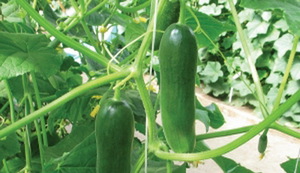At the height of the summer season, multiple cucumber ovaries already appear. It would seem that the time for active harvesting is about to come, but the paradox is that the cucumbers stop ripening. It is necessary to quickly find out the reason why there are a lot of ovaries, and the cucumbers do not grow, and take emergency measures until the rudiments begin to turn yellow and fall off.
Content
Why are there many cucumber ovaries, but they do not grow
There are many reasons why cucumber whips are strewn with ovaries, which have slowed down in growth. The most common are:
- depletion of the soil;
- low quality seeds;
- persistently cool weather, especially at night;
- sudden changes in temperature and humidity;
- improper watering;
- thickening of landings;
- overload of bushes with ovaries;
- lack of nutrients;
- rare collection of cucumbers from already fruiting specimens;
- poor pollination.
Soil depletion
It happens that cucumbers are planted in one place for several years in a row. As a result, the soil loses its fertility and nothing will fully grow and bear fruit in it, including cucumbers. To rectify the situation, it is necessary to prepare the landing area in late autumn as follows:
- Remove the top layer of soil up to 25 cm thick.
- Add new substrate. Add sand and organic fertilizers (humus, chicken droppings, or peat). Each component is taken 1 bucket per 1 sq. m.
- In spring (2 weeks before planting cucumbers), apply nitrogen-containing fertilizers.
Many summer residents get by exclusively with folk remedies:
- chicken droppings;
- manure;
- dried and ground banana skins;
- infusion of green weeds.
All this can be brought in its original form when planting a crop or diluted the mixture and watered it during flowering and fruit set.
The recipe for herbal infusion:
- Soak the weeds collected in the garden in water.
- Wait about ten days until they ferment.
- Dissolve the resulting infusion in water (1 liter per ten-liter bucket).
Water the cucumbers as needed.
Poor quality seeds
Another reason why cucumbers do not want to actively grow is covered in initially bad seeds or improper preparation. If you immediately sow them in the ground, then there is a high probability of the scattered appearance of barren flowers and female flowers. Therefore, there are problems with the formation of fruits.
That is why it is recommended to purchase seed material exclusively from trusted suppliers and prepare it in accordance with technology.
Pre-hardened and germinated seeds guarantee their stable germination. Such plants will be more resistant to negative weather events, especially temperature fluctuations.
Cold
At uncomfortable temperatures and dampness, the ovary is inhibited in growth.The cold snap at night affects them especially negatively. So, at night temperatures below 12 ᵒС and normal daytime rudiments stop increasing in size, but the green mass begins to grow rapidly. This is due to the fact that in cold weather the plant is not able to assimilate nutrient components.... Favorable temperature for fruiting: during the day - 23–28 ᵒС, at night - not less than +17 ᵒС. Low humidity in a stable heat is also bad for the growth of cucumbers.
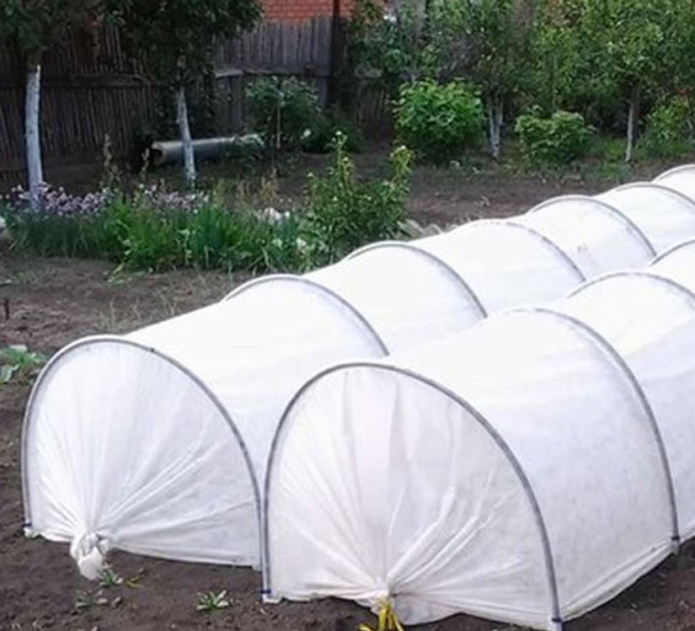
To protect against night frost, many summer residents install arcs over cucumbers and stretch any covering material
There are several ways to protect cucumber plantings from the cold:
- close the greenhouse early in the evening and open it early in the morning;
- cover cucumbers growing in open ground at night with insulating material - spunbond;
- place containers with water around the perimeter of the garden (during the day it will heat up and give off heat at night);
- cover the soil with a black film;
- Install a box of bird droppings in the greenhouse, which releases carbon dioxide and thus stimulates the formation of fruits.
In cold and rainy weather, foliar top dressing will be relevant: superphosphate (4 tbsp. L.) Is poured with boiling water (3 l), stir and add clean water, bringing the volume to 10 l. For 1 sq. m. planted area consumes 5 liters.
Table: optimal temperature and humidity indicators for ovary and fruit growth
| Indicators | By day | At night |
| Air temperature before fruiting, ᵒС | +22–26 | not lower than 18 |
| Temperature during fruit set, ᵒС | +24–28 | +20–22 |
| Soil temperature, ᵒС | +22–26 | +22–24 |
| Air humidity, % | 75–85 | 75–80 |
Improper watering
This means over-watering. Despite the moisture-loving culture, the constant dampness of the soil leads to poor development. The maximum moisture requirement of the plant occurs during fruit setting.... Then it is necessary to water at least once every 3 days and preferably in the evening (after sunset). Before flowering, they are watered by sprinkling, then they resort to root moistening.
Only warm water is taken for irrigation, since cold causes the development of various diseases and growth retardation. Also, cucumbers can grow deformed and bitter in taste.
With a lack of moisture, foliage begins to turn yellow and wither.
Strong thickening
Too dense plantings, their lack of formation, overload with ovaries - all this negatively affects the plant and it lacks the strength for full-fledged fruiting. With close planting, young plants receive less light and oxygen. And without this, photosynthesis is impossible.
How to avoid such problems:
- Plant cucumbers at a distance of at least 20 cm, and retreat 50-60 cm between the rows.
- Tie the whips to the support.
- When pinching, do not leave a lot of ovaries. It is ideal to completely pluck out the side lashes growing from 3-4 leaves. Pinch the above stepsons over the second sheet.
- Remove or pinch excess shoots longer than 0.5 m.
Poor pollination
In good weather, pollination is usually not a problem, since insects take on this role. But under another set of circumstances, you can help plants pollinate mechanically. To do this, first brush the brush over the male flowers (they are with pollen), then along the female ones (with the rudiments of cucumbers).
When the area planted with cucumbers is too large and the manual method is difficult to apply, they stress the plants - watering is temporarily stopped. This stimulates the appearance of new female flowers. And in the greenhouse, it is recommended to plant self-pollinating varieties of cucumbers.
Rare harvest
If you delay the harvest, this negatively affects fruiting.So remove the cucumbers as they ripen to allow new ovaries to form.
At the initial stage of ripening, cucumbers are harvested every 2-3 days, then you need to do it every day.
Insufficient feeding
Failure to ripen cucumbers may be associated with insufficient feeding or an excess of nitrogen. At the stage of fruit setting, nitrogen-containing fertilizers should be excluded, which provoke the growth of greenery to the detriment of fruiting. Compositions containing phosphorus and potassium (ash, superphosphate) are used.
Fertilize the plant every 10-12 days.
Existing feeding options:
- mineral;
- complex;
- folk remedies.
Foliar dressing is carried out early in the morning or in the evening in warm and calm weather. Root fertilization is best done after watering or rain and alternating - mineral compositions with organic matter:
- nitroammophosphate (40 g per 10 l of water);
- liquid mullein, which is diluted in water 1:10, or chicken droppings - 1:20.
The recommended flow rate for one landing is 500–700 ml.
For better fruit formation, you can use the following preparations:
- "Ovary";
- "Bud"
- "Let us be fruitful."
You can improve the yield of cucumbers with the help of ash, as it contains many macronutrients (potassium and calcium). It is sprinkled with the ground under the bushes or an infusion is prepared and watered.
Infusion recipe:
- Fill a glass of ash with 5 liters of water.
- Wait 10 days, remembering to stir the contents periodically.
Feed the cucumbers with the resulting product 6-7 times during the growing season. To do this, dilute a glass of ash infusion in 10 liters of water.
Bread acts no less effectively on the formation of fruits. This is due to the yeast present in it. The sourdough is prepared as follows:
- Pour crackers with water in a ratio of 2: 3. Cover with a lid and place the load on top.
- Place the dishes with the contents in a warm place for 1 week.
- Then strain the liquid, add clean water (1: 3) and during the ripening of the cucumbers, water them with sourdough every ten days.
Since the bread leaven is acidic, it is ideal for alkaline soils. If it is sour, then add a little chalk to the liquid (one glass is enough for a bucket).
Video: why zelents do not grow from the ovaries
Compliance with the basic rules for caring for cucumbers helps to avoid possible problems with fruiting. If you have already encountered this, then you should not delay with rescue actions. The main thing is to find out the cause of the underdevelopment of the fruits. Then you will be able to find the right solution.
